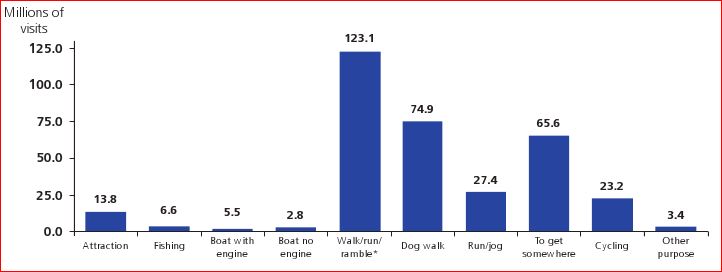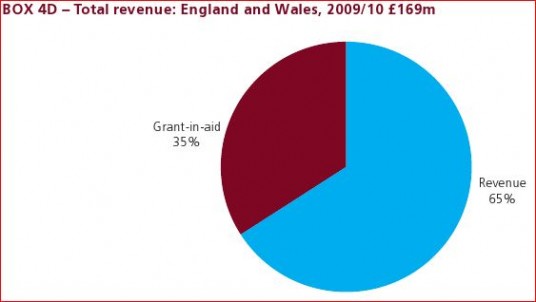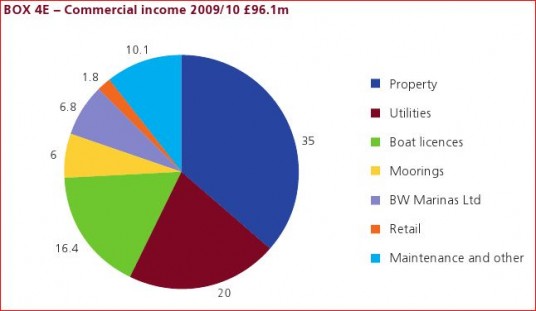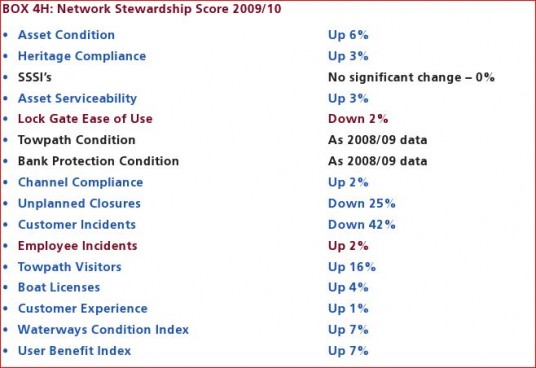The consultation document on moving the inland waterways of England and Wales into management by a Civil Society Charity replacing British Waterways Corporation is a daunting 84 pages in length and contains 29 questions for you to consider and reply to if you are a concientious citizen (my phrase). To make this easier to take in……
….I have précised the document and presented it in bite size parts.
After (or without) reading this and the following parts you can read the full consultation document, and give your views using my semi-automated questionaire.
The next part on the proposed new structure I will publish during next week.
So here is the first part – some important statistics that will let you see the scale of the operations and maybe convince you that the waterways are very, very important to life in the UK.
The information below has been reproduced from the DEFRA consultation document:
A New Era for the Waterways
A consultation on the Government’s proposals for
moving inland waterways into a new charity in
England and Wales
and is subject to Crown Copyright.
Number of Boats
There are 35,000 boats licensed to use the waterways (plus a few who aren’t – my observation).
Visits to Waterways
In 2009, over 340 million visits were made to the waterways; an increase of 80 million compared with the previous year.
Size and Management of Waterways
The two largest navigation authorities managing this network on behalf of the Secretary of State are:
• British Waterways, a public corporation, which cares for 2,500 km of canals, 500 km of river
navigations, 15 km of docks and many thousands of associated locks, bridges, embankments and
aqueducts; and
• The Environment Agency, a non-departmental public body, primarily concerned with flooding,
pollution and rivers, which cares for 1,000 km of mainly river navigation.
There are approximately 5,000 km (3,000 miles) of fully navigable inland waterways in
England and Wales, about 450 km of which are tidal.
• British Waterways is responsible for about 3,000 km, of which about three quarters are
canals.
• The Environment Agency manages almost 1,000 km, most of which are navigable rivers.
• The Broads Authority, controls a 200 km river-lake system.
• The Middle Level Commissioners manage 200 km, most of which have a dual function as
drainage channels and navigations.
• The remainder are managed by a wide range of other bodies, including local authorities,
port authorities and charitable trusts. [See map at Annex A]
Management of Listed Structures
British Waterways manages the third largest collection of listed structures in the country,
comprising over 2,700 listed buildings, 51 scheduled ancient monuments, over 400 miles of
conservation areas and thousands of archaeological sites. The waterways adjoin or pass through
4 World Heritage Sites, 14 historic battlefields and 33 registered historic parks and gardens.
In 2009 the Pontcysyllte Aqueduct on the Llangollen Canal was designated as a World Heritage
Site by UNESCO.
Natural Environment
Inland waterways are important wildlife corridors, providing and linking habitats in town and
countryside in an increasingly fragmented ecological network5. In the 2009 British Waterways
Wildlife Survey the public sighted nearly 300 different species of birds, amphibians, reptiles,
insects and mammals. The inland waterways network currently includes 65 Sites of Special
Scientific Interest and over 1,000 other nature sites.
Water Management
The waterways also provide over 1 million megalitres of water each year for a variety of uses
including agriculture, irrigation, water supply, industrial and power generation purposes.
Balanced with the needs of the natural environment, the waterways are a growing source of
renewable energy, through the development of hydropower schemes at river weirs. There is also
potential to make more use of waterways as a sustainable means of cooling urban areas.
Canals and canalised rivers also have an important role in flood defence.
Infrastructure of Waterways
The infrastructure of the inland waterways is made up of an extraordinary collection of
channels, embankments, docks, locks, bridges, reservoirs, aqueducts and other structures. While some of these are brand new, most date back many years.
Funding
British Waterways funds its activities through three main sources of income: commercial
income; government funding; and grants from other organisations. The ratio of these
fluctuates each year and Pie Chart 4D sets out the revenue split for 2009/2010. All of these
income sources are important for the funding of the waterways.
Over recent years British Waterways has developed more innovative revenue streams the
largest of which have been property and utilities, which accounted for £55m in 2009/10.
Over the past decade British Waterways’ property team has generated over £250m of
revenue profits towards the costs of waterway maintenance and a further £200m of capital
to reserves. This success has been recognised by Government as a significant contributor to
reducing British Waterways’ reliance on government funding.
BOX 4E – Commercial income 2009/10 £96.1m
Stewardship Score
The Stewardship Score is an indicator agreed with Defra, which is intended to provide an
outcome measure of the overall state and functionality of the waterways and the public
benefit delivered. In 2009 a baseline of 100 was established using methodology validated by
Deloittes and data collected by British Waterways in 2008/09 for waterways condition and
user benefit. This was then compared with further data collected in 2009/10 to provide a
score at March 2010 which indicated an overall improvement of 7% both in the waterways
condition and its serviceability. Information on the components of the score are shown in the
table below12.





